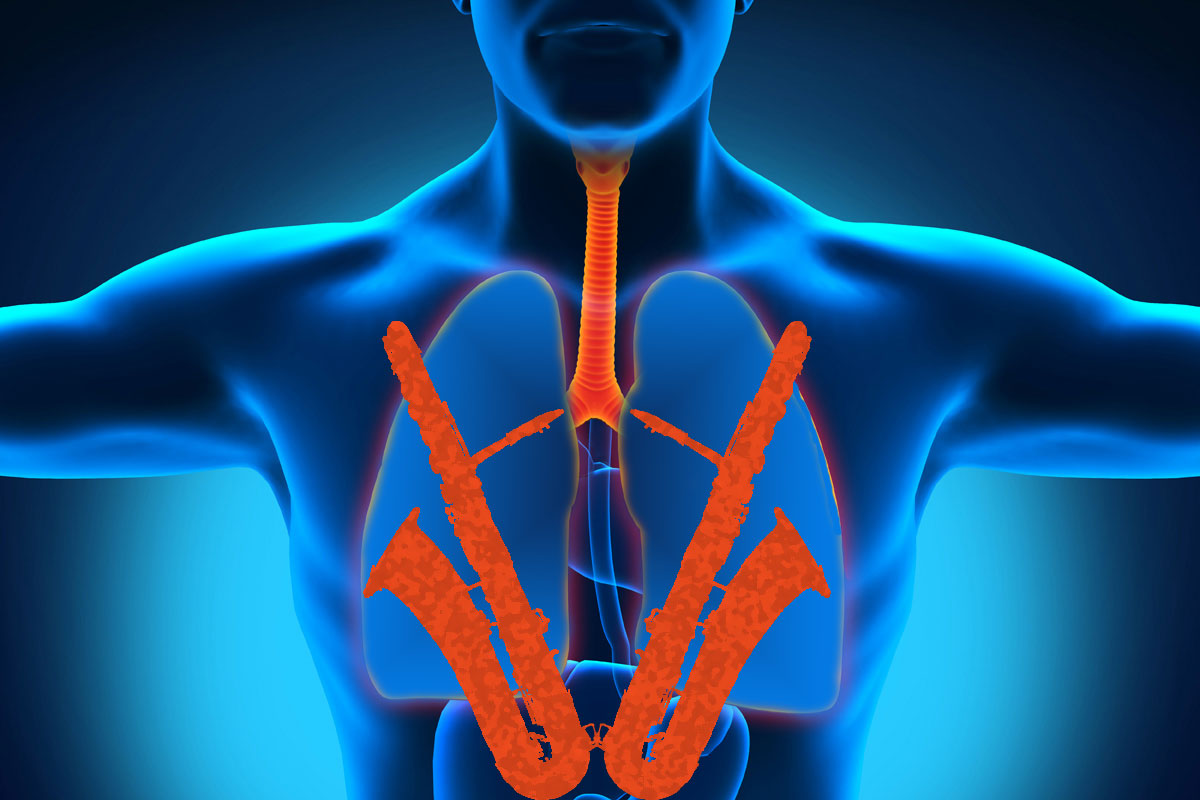Hello and pleased to join the forum. I used to play a B flat clarinet during my early high school years in the 70's but nothing since.
Recently and now middle aged, I have a been diagnosed with reduced lung function in the form of Chronic Obstructive Pulmonary Disease. I have read up on this including medical papers and it has been suggested that playing a woodwind instrument can help and maybe improve lung capacity.
I am interested in players opinions (even medical players) as to whether they consider the flute or clarinet to be easier to learn to play (in terms of breath) for me. I am thinking that the double reed instruments would be much harder and require far greater breath?
I intend to learn properly and would like to progress through the grades in the future, if everything works out medically.
Would appreciate any advice please.
Thanks
Dave
Recently and now middle aged, I have a been diagnosed with reduced lung function in the form of Chronic Obstructive Pulmonary Disease. I have read up on this including medical papers and it has been suggested that playing a woodwind instrument can help and maybe improve lung capacity.
I am interested in players opinions (even medical players) as to whether they consider the flute or clarinet to be easier to learn to play (in terms of breath) for me. I am thinking that the double reed instruments would be much harder and require far greater breath?
I intend to learn properly and would like to progress through the grades in the future, if everything works out medically.
Would appreciate any advice please.
Thanks
Dave
Last edited:


